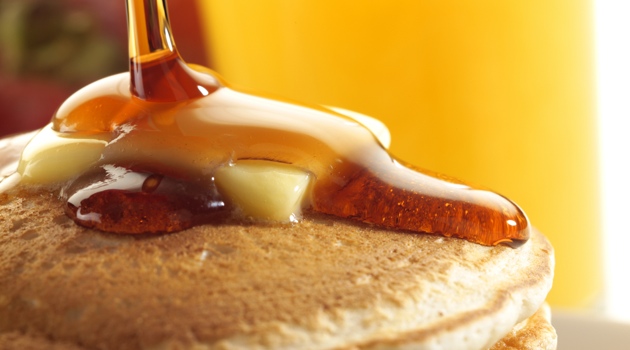
U.S. maple syrup industry wants one grading standard
Food in Canada
Business Operations Exporting & Importing Processing Bake & Snack Food Health & Wellness Ingredients & Additives Specialty Foods carousel maple syrup maple syrup producers tickerMaple syrup producer groups in the U.S. are pushing for the industry to adopt one grading standard for North America

Montpelier, Vt. – There’s a push on in the U.S. to adopt one grading standard for maple syrup across the industry, including Canada.
The Vermont Maple Sugar Makers Association, reports CBC.ca, is the first maple syrup producing jurisdiction in the world to adopt the new system of grading – though there is some debate among producers there. Some in Vermont fear they will lose what makes their product unique if they adopt the standard and have refused to.
New York State is also moving towards implementing the new international grade standard. The International Maple Syrup Institute says other federal and state/provincial governments will most likely approve the new standard in 2015. Most governments are expected to allow for a transition period to facilitate the transition between current maple grades and the new international grades standard.
The Wall Street Journal Online reports that all retail syrup in Vermont will be labelled Grade A because the trade group believes that consumers assume anything lower is inferior.
Syrup will also be differentiated by a descriptor based on colour, clarity and taste: Golden/Delicate Taste; Amber/Rich Taste; Dark/Robust Taste; and Very Dark/Strong Taste.
Currently, there’s no uniformity. For instance, there’s “Fancy Grade” in Vermont, “Light Amber” in New York, and “No. 1 Extra Light” in Canada. Consumers, reports the online.wsj.com, would think the “light” was fat-free and had no calories.
In other states, like Wisconsin, reports online.wsj.com, producers are afraid the standard could turn the industry into “Big Maple” and bring it closer to price controls, more regulation and speculative maple-syrup trading. But others, such as Maine, are keen to jump on board.
CBC.ca reports that the historical grading strategy was based on 19th century consumers and their taste preferences. These consumers relied on maple syrup as a sugar substitute. Matthew Gordon, the executive director of the Vermont Maple Sugar Makers Association, told CBC.ca that these consumers “weren’t looking for the characteristic maple flavour that people want today. They wanted a sweet product that was almost devoid of flavour.”
In those days, the less maple flavour the syrup had the fancier it was. Ironically, the more flavourful syrups that trees yield later in the season were given a grade of B or C.
Gordon tells CBC.ca that he expects Canada won’t be far behind in adopting the new grading system. He expects all maple syrup producing jurisdictions will make the change by 2016.
Image: Taste of Nova Scotia
Print this page